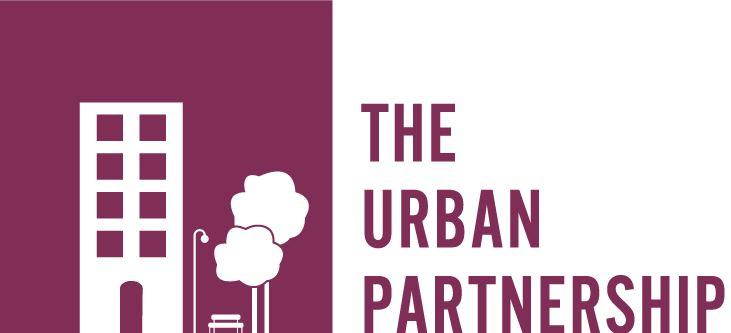Economic Growth, Social Inclusion and Community Preservation: A Leadership Challenge for D.C.
Economic growth, social inclusion and community preservation are closely interconnected in DC, as they are generally across the country. It is a set of relationships that require careful attention and continuous nurturing and adjusting. One can argue that the District of Columbia has done a better job of balancing these forces than many other cities. Over the last 20 years, the city has undergone a dramatic transformation in both its physical and fiscal condition. During this time the city has moved from bankruptcy to a AAA bond rating and used its improved economic status to substantially upgrade its services and facilities, enact a progressive social agenda and invest in rebuilding the vitality of many neighborhods. The well-being of everyone in the city depends upon sustaining and perfecting those relationships, to broaden the reach to all communities.
Looking back over those two decades, it is easy to see the progress. The city’s revenue from local sources has doubled, from $3.5 billion to $7.3 billion. It has increased at an annual rate of 3.5% while the population has risen by .9% and the workforce by 1.2%. This continuing growth, which has been adding about $300 million a year to the city’s coffers, has allowed the District government to: improve public services like schools, public safety, libraries, roads and transit; make social equity investments in universal healthcare, early childhood care and affordable housing; and undergird future economic vitality by investing in infrastructure and new economic development projects. This has spurred a virtuous cycle of population, job and wage growth which in turn further increases the tax base leading to additional improvement, although these positive results have not been uniformly felt across the city.
There are certainly a number of important questions about the ability of this development and growth to continue to generate the same kinds of economic impacts. The recent debates about the Framework Element of the proposed Comprehensive Plan amendments suggest that there are many who have concerns about the ability of the city to continue to accommodate growth while providing sufficient housing affordability and economic opportunity to assure that gentrification doesn’t further displace important segments of the existing community. There is also a set of key questions about how to improve the fairness and equity of the distribution of the benefits of this growth.
It doesn’t appear however, that it is possible for the city to step back from this trajectory. Even if it tried. Market forces not only in Washington but in other global cities are marching forward with considerable momentum. The question for DC is how best to continue to manage the growth to obtain and share these benefits. In a chart prepared for the Developer Roundtable, Gerry Widdicombe, the Downtown BID’s Economic Development Director, laid out a scenario which showed that if we followed a set of straight-line trends, by 2035 the city could generate $12.4 billion of revenue, again almost doubling its current level. At the same time, the population is expected to grow from the present approximately 700,000 to close to 900,000 and the city’s workforce will grow from 800,000 to 1 million. This kind of growth, however, will require major new investments in infrastructure, which could force hard decisions since the city’s progressive social agenda still faces many unmet needs as well as ambitious goals. This solution requires continuous economic growth, but growth that is more inclusive in its impact.
Managing and balancing this growth now and in the future is the central responsibility and challenge of the city’s leadership going forward.


